table of contents:
Piped buttonholes are an essential element of high-end jackets and coats. This type of buttonhole is made at the very beginning of the tailoring process, before the collar and facing are joined, to achieve a flawless, structured finish. In this article, we'll explain, step by step, how to create a precise piped buttonhole.
What materials and preparation are needed?
Before you begin, it is essential to prepare the necessary items:
- Rectangles of fabric (in the same fabric or a contrasting fabric) to form the piping.
- Iron-on to reinforce the buttonhole area.
Dimensions of rectangles
- Length = Buttonhole width + 3 cm.
- Width = 4 to 6 cm, depending on the thickness of the fabric.
- Reinforcement: iron on the back of the rectangles.
How to mark the location of the buttonhole?
- Trace the Location of the Buttonhole
Using the pattern, determine the exact width of the buttonhole and mark its location on the wrong side of the fabric with an erasable pencil.
- Positioning Landmarks with Pins
Place two pins perpendicular to the ends of the buttonhole to mark its location on the wrong side.
- Reinforce the area with iron-on adhesive
Cut out a rectangle of iron-on adhesive (3 to 4 cm wide and slightly longer than the buttonhole). Iron it on the reverse side of the fabric.
- Building the Landmarks by Hand
To guide the seam, make a hand baste following these codes:
- Blue thread: Corresponds to the width of the buttonhole.
- Red thread: Indicates the buttonhole slit.


- Place a Rectangle of Fabric
Take a rectangle of fabric and place it right sides together over the buttonhole area. Fold it in half lengthwise to find its center and align it with the red basting thread.

- Keep in Place
Secure the rectangle with pins or a basting stitch to prevent shifting during sewing.

How to sew and cut the opening?
- Draw a Seam Rectangle
On the wrong side of the fabric, draw a rectangle around the buttonhole:
- Vertical seams : run on the markings (blue and red thread).
Tip : Start and end with small stitches to strengthen the seam.
- Sew the Rectangle
Stitch along the line, taking care to mark the corners well.

- Cut out the buttonhole opening
Using fine scissors, open the slit in the center of the sewn rectangle. Stop cutting 2 mm from the ends, then cut diagonally toward each corner, forming small triangles.

- Turn the Fabric Inside Out
Slide the fabric rectangle through the opening to reveal the wrong side of the project. Iron carefully to flatten the edges.


How to form piping?
- Preform the Pipings
Fold each edge of the fabric inward to form two even strips. Iron to create a crease.

- Attach the Pipings
Hold the piping in place with pins and a basting stitch to ensure a perfect fit.

- Finishing the Buttonhole
Using a size 2 straight stitch, secure the piping and remove the basting threads. Iron one last time to give the buttonhole a firm structure.

How to finalize and ensure clean edges?
- Clear the Corners
On the wrong side of the fabric, carefully cut out two small triangles at the ends of the buttonhole.
- Fix the Facing
If the buttonhole is integrated into a jacket or coat, the facing can be attached around it to hide the interior finishes. Stitch and press for a clean finish.
Conclusion
By following these steps precisely, you'll achieve a sleek and professional-looking piped buttonhole, ideal for jackets, coats, or garments requiring a refined finish. This technique requires precision, but the result is worth it!
Also read:
How to sew a classic buttonhole?
Mistakes to Avoid When Creating Buttonholes
Have you tried this technique yet? Share your feedback in the comments!

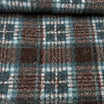
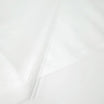

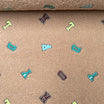
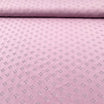






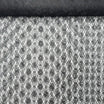
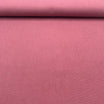


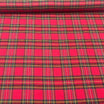


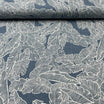

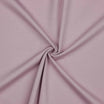
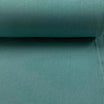

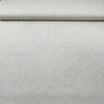
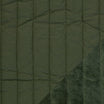


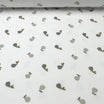
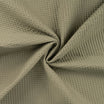


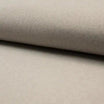

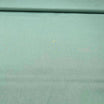


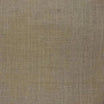
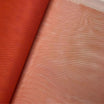
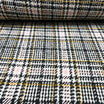
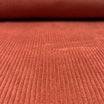
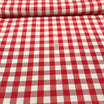

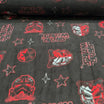
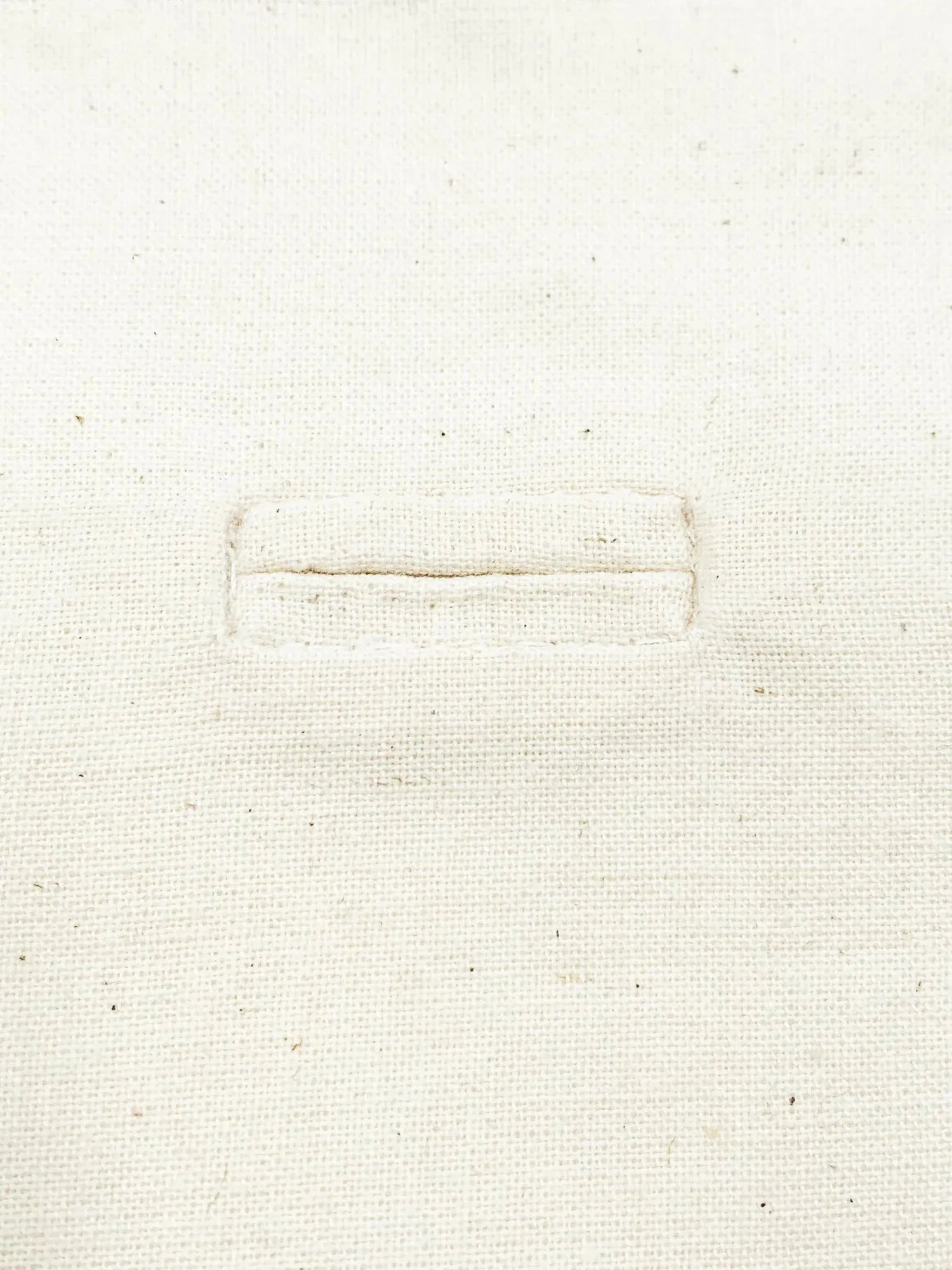
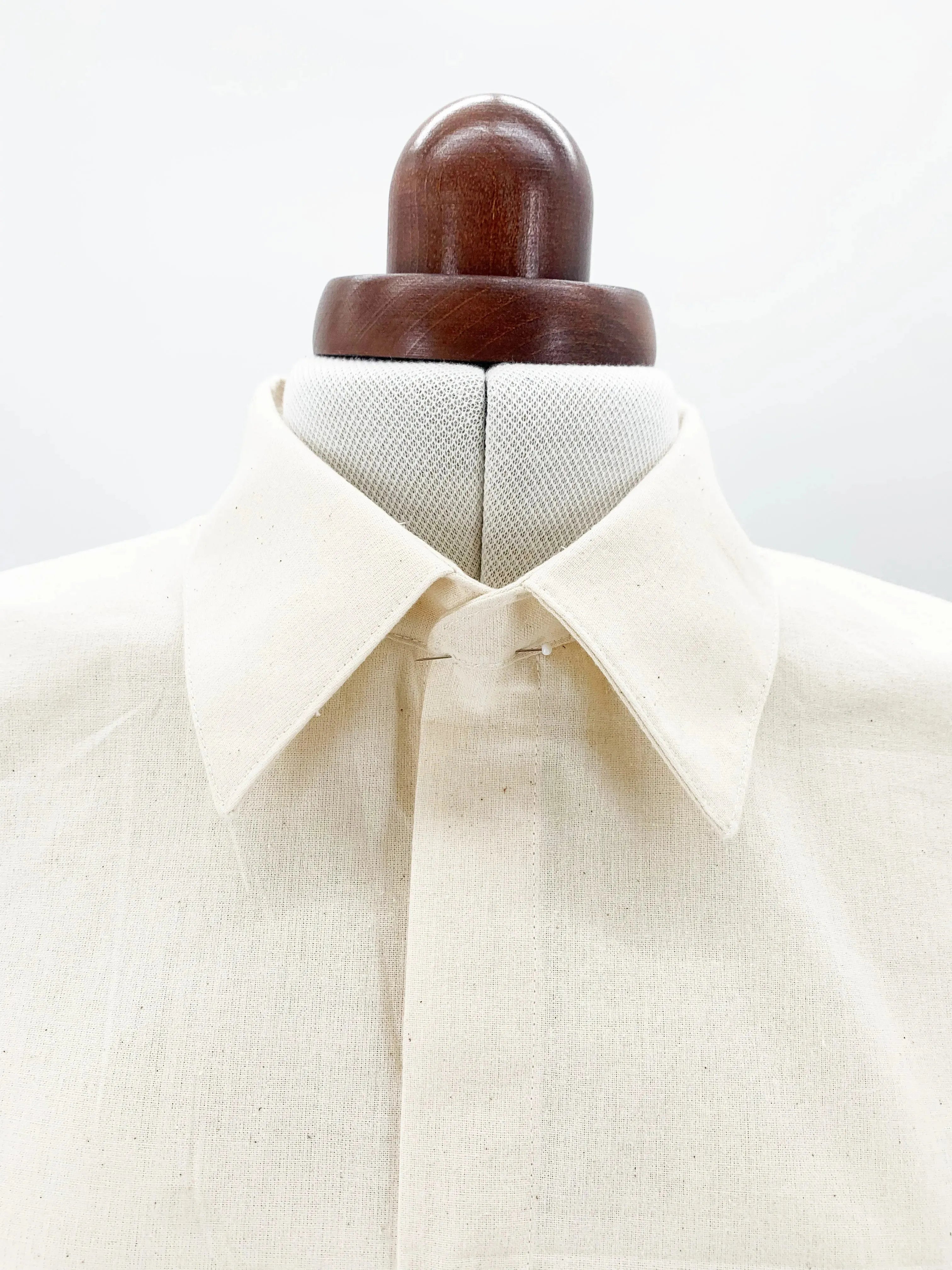
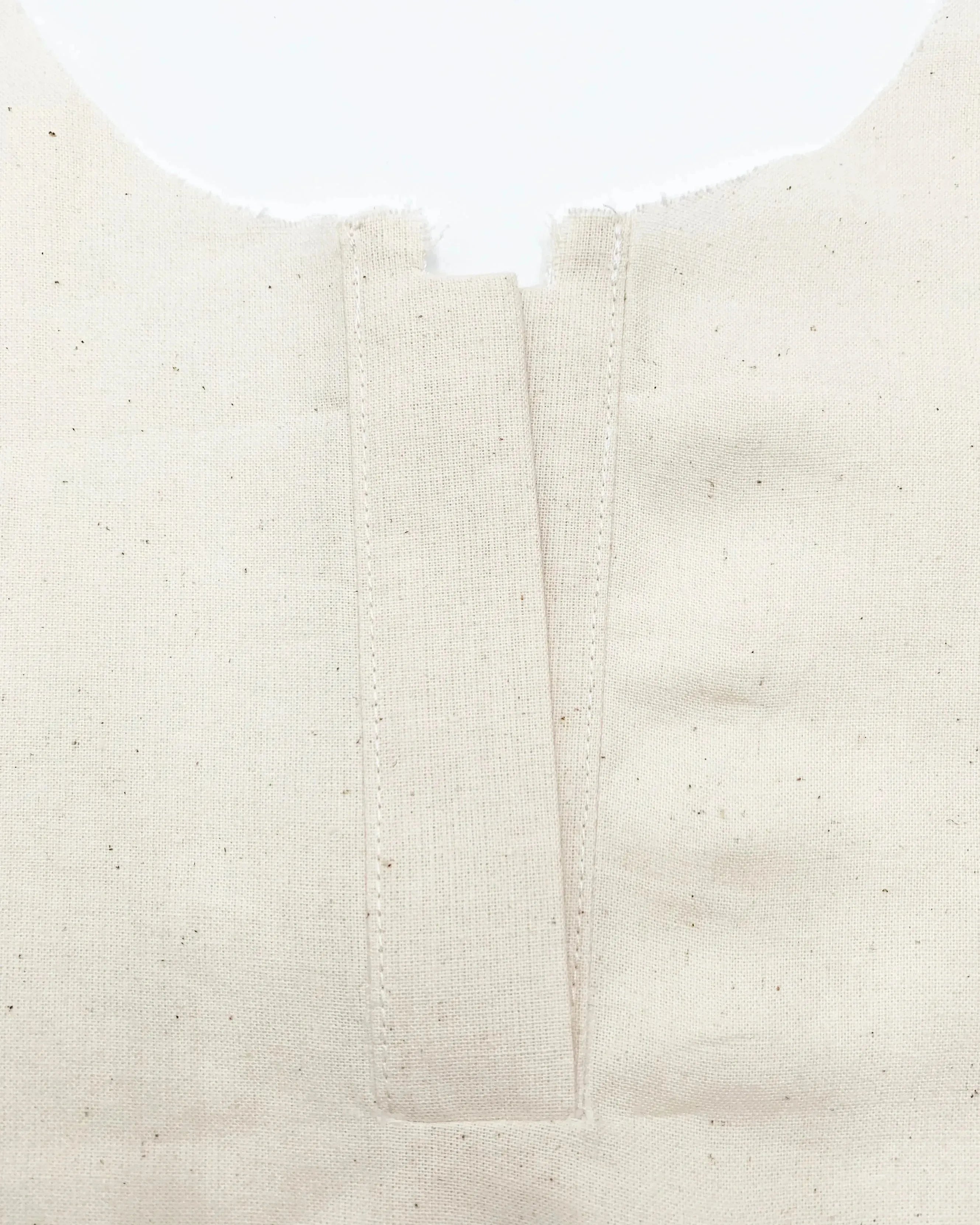
Leave a comment
This site is protected by hCaptcha and the hCaptcha Privacy Policy and Terms of Service apply.